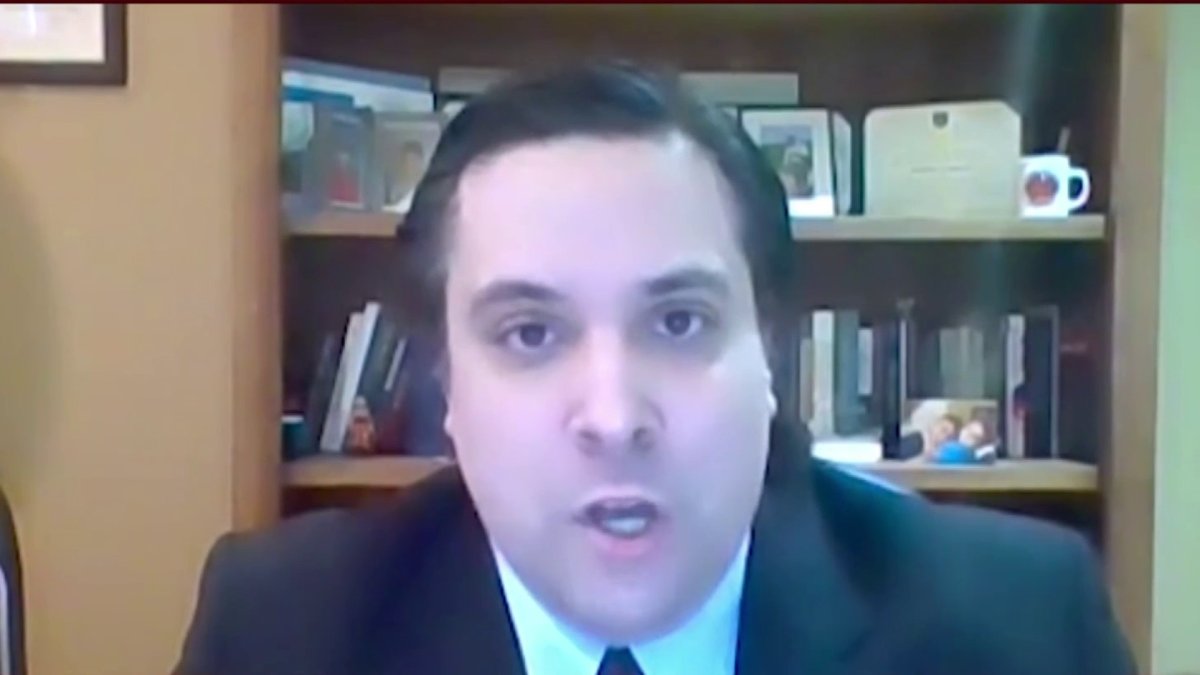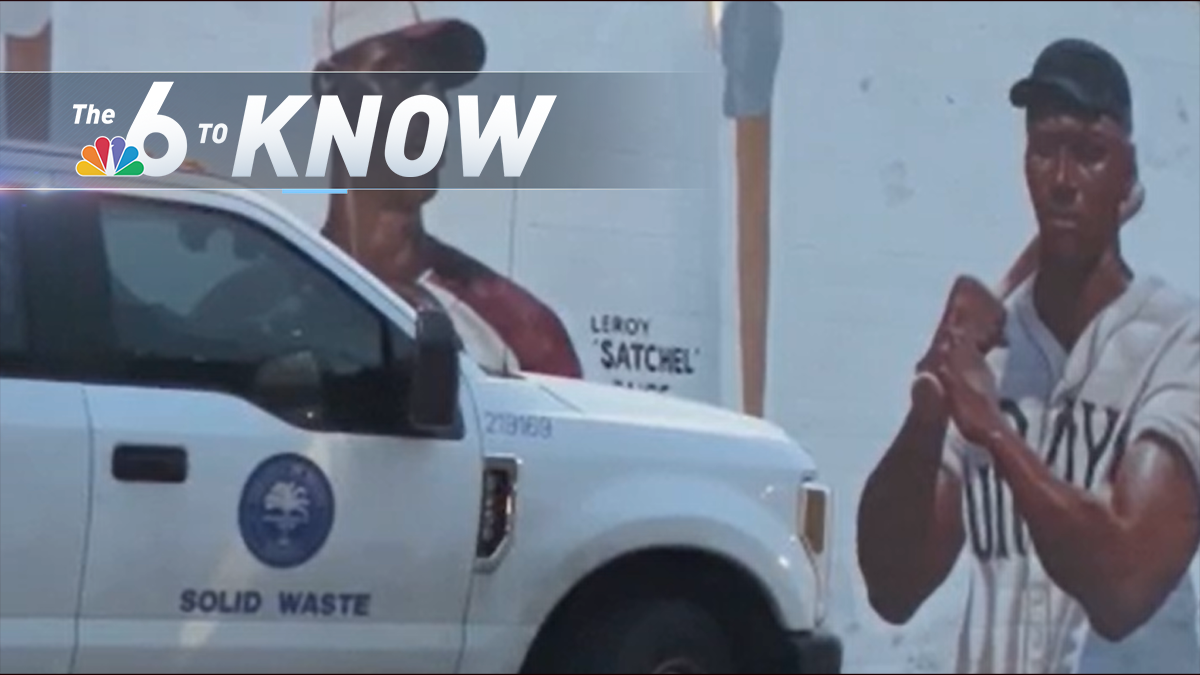
The bombshell announcement sent shockwaves through Washington and the country: President Trump and First Lady Melania Trump tested positive for the coronavirus. “We’ve had health scares with presidents before,” said Michael Morley, Assistant Professor of Law at Florida State University.
The bombshell announcement sent shockwaves through Washington and the country: President Trump and First Lady Melania Trump tested positive for the coronavirus.
“We’ve had health scares with presidents before,” said Michael Morley, Assistant Professor of Law at Florida State University. “Obviously everyone hopes and prays for the best.“
Morley says even in the worst-case scenario, like a president dying or being unable to fulfill their duties, the 25th amendment makes it clear on how power would be transferred.
“The groundwork is laid,” Morley said. “The preparations are made.” Under the 25th amendment, he explained, a president can temporarily put his vice president in charge.
“Whenever presidents go under anesthesia, whenever presidents go in for surgery, it’s fairly customary that the president will sign a letter turning over his responsibilities to the Vice President allowing the Vice President to act as president for the duration of that surgery,” Morley said.
It’s something Morley says President George W. Bush did in 2002 and in 2007 when he got a colonoscopy.
Morley says, if a president and vice president are both unable to fulfill their duties, the next person in line would be the speaker of the house, in this case, Speaker Nancy Pelosi.
Local
“The 25th amendment lets congress set the line of succession,” he said.



